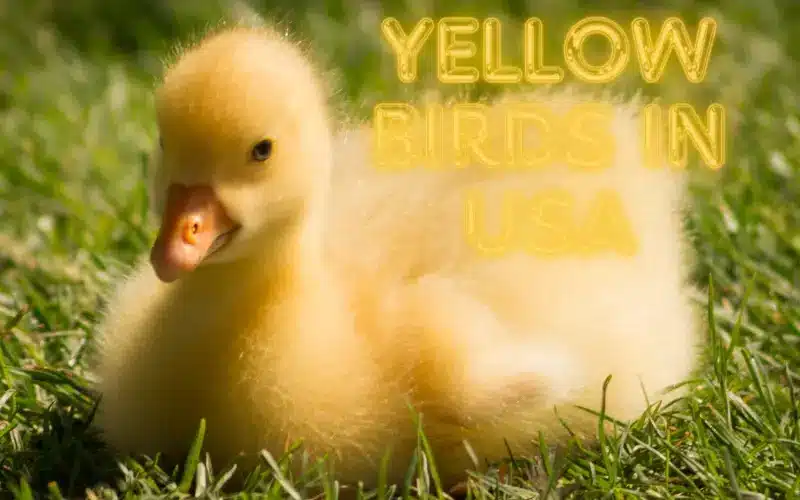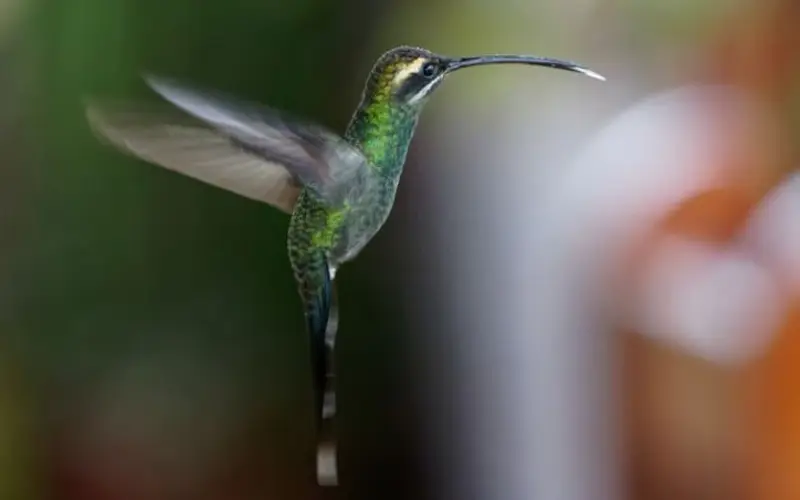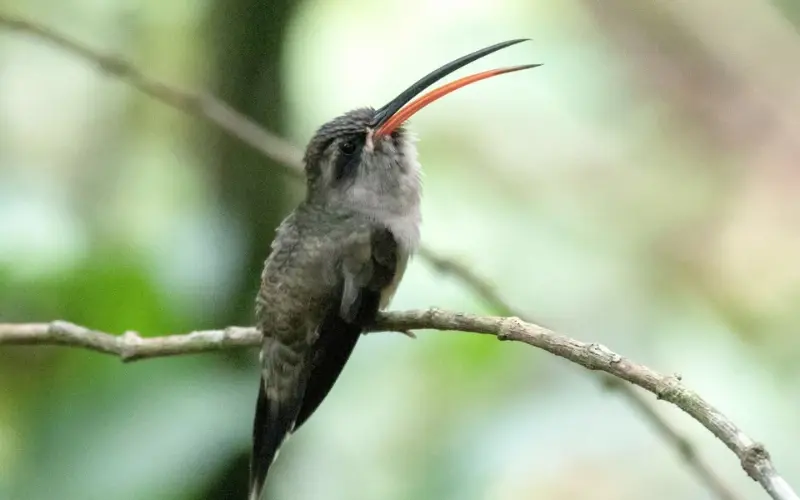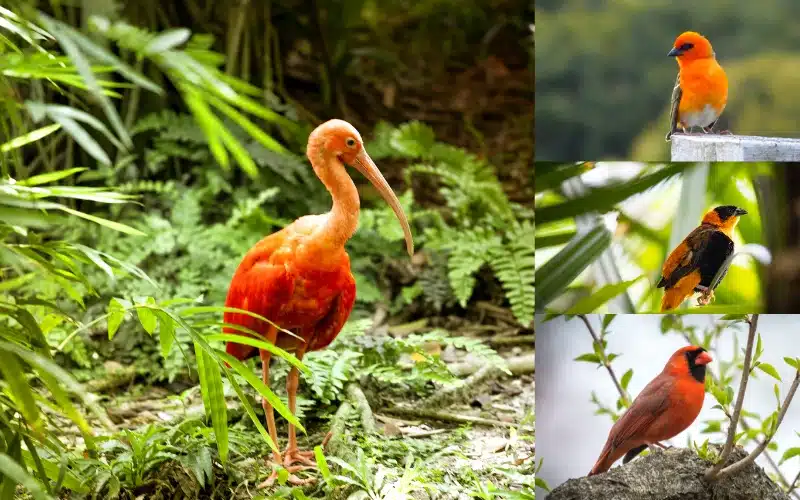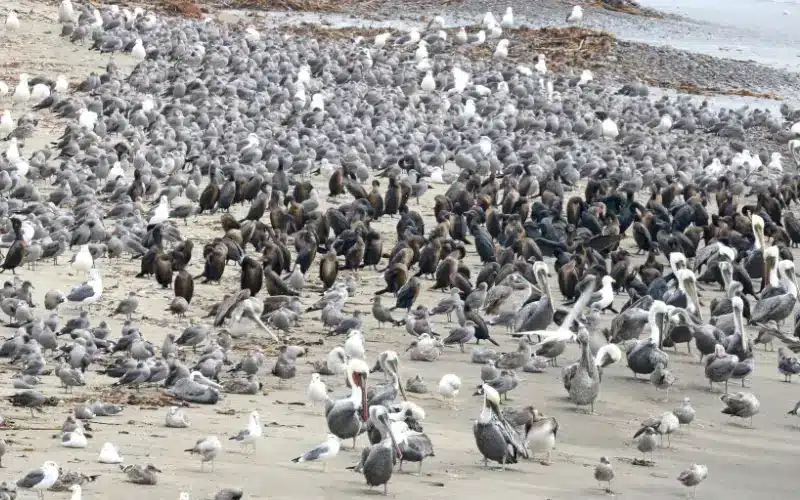Grouse, a fascinating family of birds, are known for their distinctive behaviors, habitats, and role in ecosystems. Let’s take a peek into its world, exploring its diversity, characteristics, and significance.
Introduction
They belong to the family Phasianidae and are renowned for their plump bodies, feathered legs, and mottled plumage, which serve as excellent camouflage in their natural habitats. These birds are primarily ground-dwellers, preferring to forage and nest among dense vegetation.
Types of Grouse
Ruffed

One of the most widespread species, the ruffed, inhabits forests across North America. Recognizable by their distinctive “drumming” display during mating season, male ruffed create low-frequency sounds by beating their wings rapidly.
Spruce

Adapted to coniferous forests, the spruce boasts a more subdued plumage, blending seamlessly with the dense foliage of its habitat. These birds are expert foragers, feeding on a variety of plant matter and insects.
Sage

Endemic to the sagebrush ecosystems of North America, sage grouse are notable for their elaborate courtship rituals, which often involve communal displays known as “lekking.” These gatherings serve as arenas for males to showcase their prowess and attract mates.
Physical Characteristics
These are characterized by their compact bodies, short wings, and feathered legs, which aid in maneuvering through dense vegetation. Their plumage varies in color and pattern, providing effective camouflage against predators.
Habitat and Distribution
They live in a variety of habitats, including forests, grasslands, and tundra, depending on the species. They are distributed across North America, Europe, Asia, and parts of Africa, with each species exhibiting preferences for specific environments.
Diet and Feeding Habits
These birds are primarily herbivorous, feeding on a variety of plant matter, including buds, leaves, berries, and seeds. Some species also consume insects and small invertebrates, particularly during the breeding season when protein-rich food sources are essential for reproductive success.
Mating and Reproduction
Mating rituals among grouse often involve elaborate displays and vocalizations to attract mates. After mating, females construct nests on the ground, typically concealed within vegetation, where they incubate their eggs. Chicks hatch precocial, ready to leave the nest shortly after birth.
Behavioral Adaptations
These exhibit several behavioral adaptations to survive in their respective habitats, including cryptic plumage for camouflage, communal mating displays to attract mates, and territorial behavior to defend resources such as food and nesting sites.
Importance to Ecosystem
They play vital roles in ecosystem dynamics, influencing plant communities through their foraging behavior and serving as prey for various predators. Their presence indicates the health and diversity of the ecosystems they inhabit.
Grouse Hunting
Grouse hunting is a popular recreational activity in many regions, with enthusiasts pursuing these birds for sport and sustenance. Responsible hunting practices, including adherence to regulations and conservation measures, are essential for maintaining healthy grouse populations.
Cultural Significance
They hold cultural significance in many indigenous communities, symbolizing resilience, adaptability, and connection to the natural world. Rituals, stories, and artwork often feature grouse as important cultural symbols.
Challenges Facing Grouse Populations
Grouse populations are threatened by habitat loss, fragmentation, and degradation, as well as climate change-induced shifts in vegetation and food availability. Addressing these challenges requires collaborative conservation efforts and sustainable land management practices.
Conservation Efforts
Numerous organizations and government agencies are actively involved in grouse conservation, implementing habitat restoration projects, monitoring populations, and advocating for policies that safeguard grouses and their habitats.
FAQs
- Why are grouse important to ecosystems?
These plays crucial roles in ecosystem dynamics by influencing plant communities and serving as prey for various predators, contributing to biodiversity and ecosystem resilience.
- What are the major threats to grouse populations?
Major threats to populations include habitat loss, fragmentation, and degradation, as well as climate change-induced shifts in vegetation and food availability.
- Are grouse hunted for sport?
Yes, hunting is a popular recreational activity in many regions, but responsible hunting practices and conservation measures are essential for the sustainable management of grouse populations.



